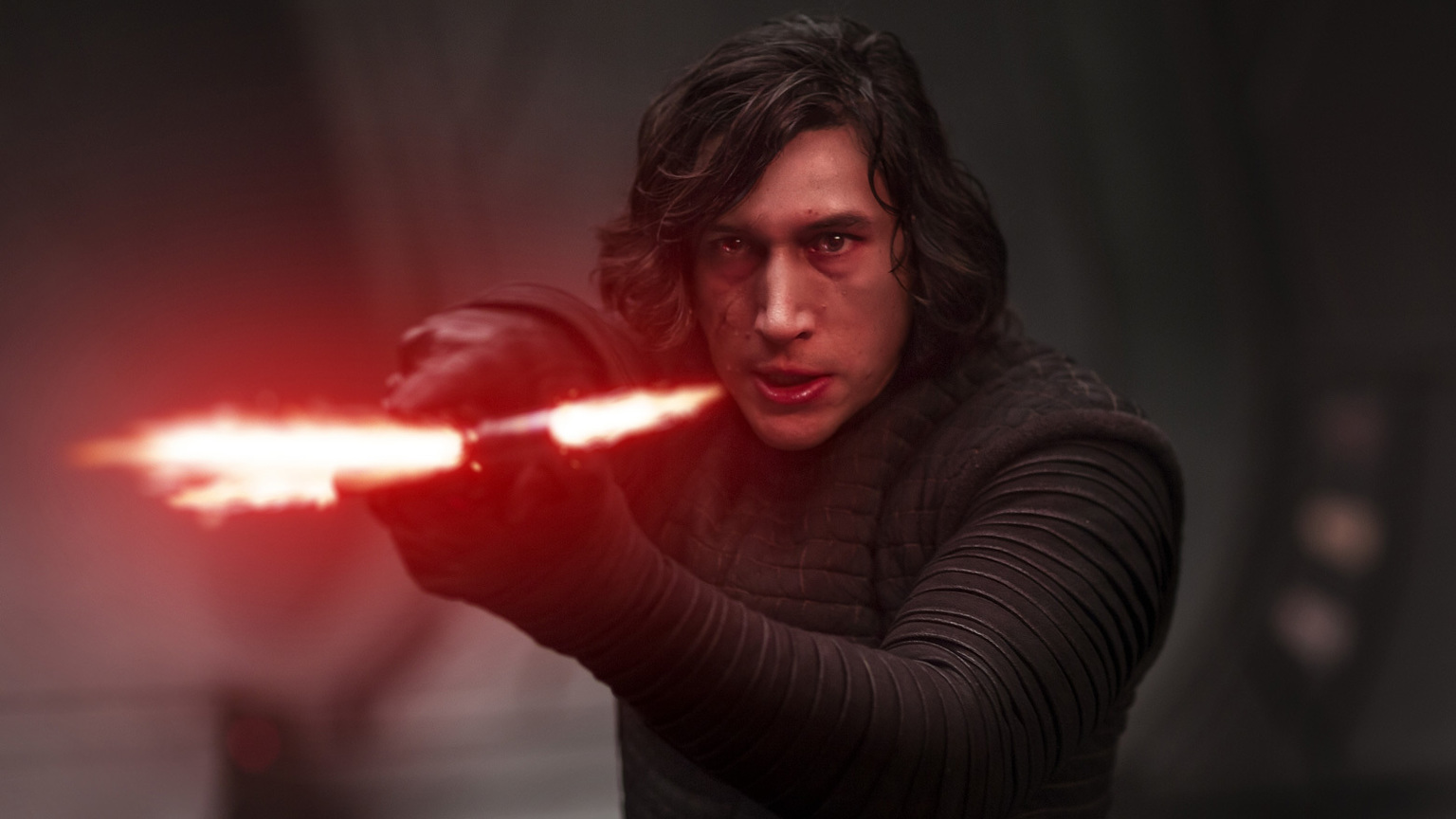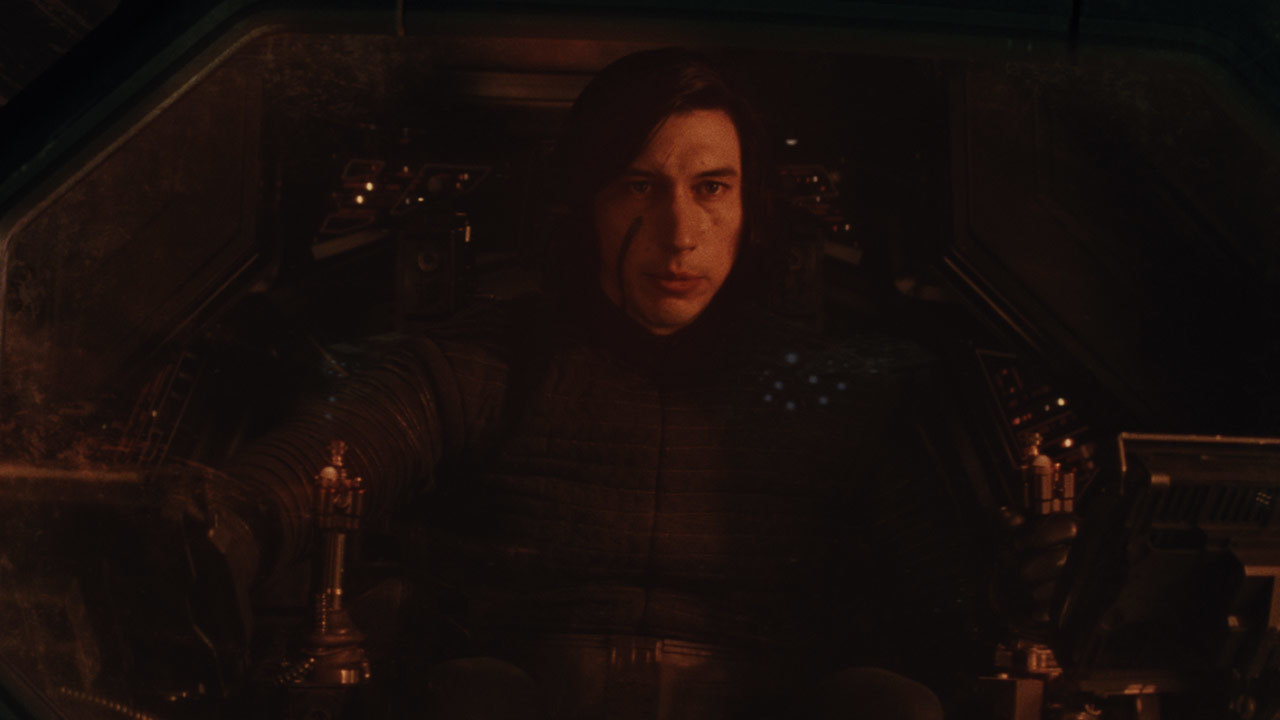Kylo Ren is the Byronic hero I’ve been waiting for
Kylo Ren is the Byronic hero I've been waiting for
I went to see The Force Awakens with my husband (then boyfriend) to humour him; I’d never seen a Star Wars, and hadn’t ever had any desire to do so. And then, after two hours, I was hooked. I loved the latest instalment, and even when I went back and watched the original trilogy, they didn’t capture my interest the same way Rey’s story was able to. I loved her, I loved the feel of the film, I loved the story, and wow, did I love Kylo Ren.
He strides into his first scene with a scary new lightsaber and prodigious control of the Force. His face is concealed by a Vader-like mask, giving him a robotic yet silky voice to pair with his stoic wit —a suitable successor to the original’s Darth Vader. And then he takes off his mask. I was expecting someone monstrous, something truly dark, and I got Adam Driver. This Byronic hero rose on screen and was immediately far too good-looking to be a real villain. Usually, a bad guy’s appearance and stature matches their powers: muscular build represents strength, age represents mastery and control, grotesque represents twisted character. Kylo was pretty—he’s young, his hair is frankly gorgeous and he looks like a Disney prince.
Not much of a villain by this franchise’s standards.
Even the Star Wars website describes Kylo as ‘neither Jedi nor Sith, but a product of both sides’ teachings’. And then George Lucas, owner of the franchise and director of the original trilogy, said: ‘I like the idea that the person you thought was the villain is really the victim, and that the story is really about the villain trying to regain his humanity.’
The Force Awakens does show plenty of Kylo’s evil side though: when an entire planetary system is destroyed, he watches the display utterly calmly; he unflinchingly orders the death of everyone in a village; he tortures Poe Dameron and Rey; and then he murdered Han Solo—his father.
Source: www.starwars.com
Convinced of his villainy? This isn’t a tale of good versus evil; this is a story of redemption.
Kylo Ren—Ben Solo to his family—faces an emotional and moral challenge on the bridge with his father. He is unprepared to commit to the action that will propel him to his ‘destiny’, and when he does seal his fate, Adam Driver shows us his distress and vulnerability; such a prodigious Force user would hardly have been wounded by Chewbacca’s blaster shot had he been in control of his emotions. In the sequel, The Last Jedi, Kylo is wrecked by his actions—he is torn apart. Does a traditional villain feel this torment?
We see Kylo Ren truly on the journey to regain his humanity in the fourth Force Bond Scene in the Last Jedi; both suffering intense loneliness, Rey reaches her hand out to Kylo. How long had it been since he had been treated with any gentleness or concern, tenderness or friendliness? Han tried but Kylo wasn’t prepared to go with him; how could Kylo expect someone to trust him enough to try to reach out, especially after the young woman in question had witnessed him kill his own father? This backstory is why that scene is so powerful; as on board as I am with their developing love story, this moment is all about friendship and throws the villain narrative into disarray.
Kylo Ren isn’t the villain here; if it were that simple, Rey—who has called him a ‘monster’ and a ‘murderous snake’, and has proved her intense morality multiple times—would have dealt with that problem while he was out cold on the Throne Room floor. Instead, she left—without hurting or incapacitating him in the slightest. The good versus evil battle resides in Kylo himself—he’s both powerful, ruthless and courageous, and vulnerable, empathetic and uncertain. He’s the most multifaceted and intricate character Star Wars has ever seen.
He’s the character and the hero I’ve been waiting for.










I left the love of my life today. The love affair is over and this is the saddest I’ve ever been. My husband rolls his eyes at my dramatics and raises his coffee cup in the most sardonic salute ever: I’m giving up coffee for Lent.